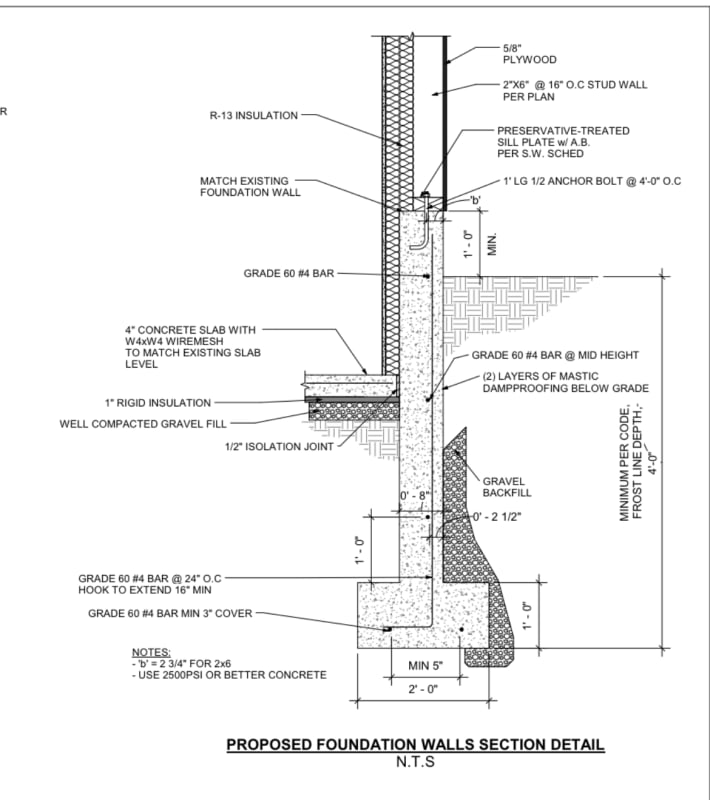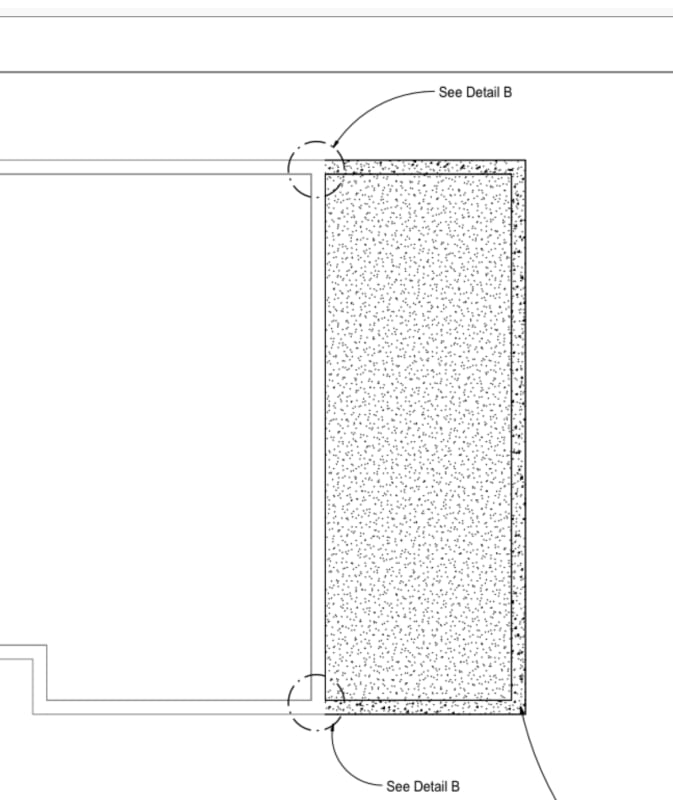Cyengineer
Structural
- Apr 13, 2023
- 1
Anyone have experience with connecting old foundation to new. This design is what I came up using hilti design software and aci code for rebar development length. Im a bit concerned for future settlement. Do you think using a joint instead may be a better solution?






